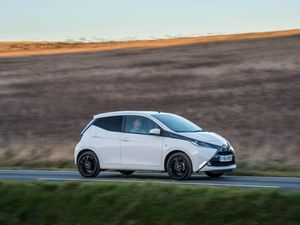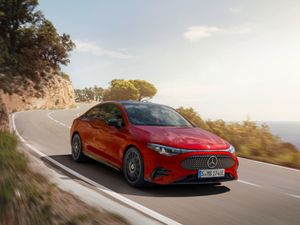Zenvo Aurora revealed to mark ‘new era’ of firm
The Aurora is powered by a 1,850bhp hybrid V12 engine

Danish hypercar maker Zenvo has unveiled its new Aurora supercar – a hybrid V12-powered model that is its most powerful and lightest car to date.
Revealed during Monterey Car Week, it is said to mark the ‘start of a new era’ for the brand. Named after the Northern Lights, the Aurora is an all-new model for Zenvo too, following on from the ST1 and TSR that have served the firm for the last 16 years.
Using a carbon monocoque structure, it will be available in two guises – the more ‘aggressively styled’ Aurora Agil and the ‘beautifully elegant’ Aurora Tur. The Agil is a more flamboyant choice designed more for track use, while the Tur does without big wings and instead puts the emphasis on aerodynamics and sleeker looks.

Though Zenvo says its targets were never to ‘chase numbers’ or ‘focus on outright performance’, it’s ended up with a car that could win most games of Top Trumps. Featuring 6.6-litre quad-turbocharged V12 engine, developed in the UK by Mahle Powertrain, on its own this puts out 1,250bhp. However, it’s joined by an electric motor system that generates up to an additional 600bhp, depending on version, meaning the Aurora is capable of producing 1,850bhp – the most of any Zenvo to date.
A hybridised seven-speed automatic gearbox is also used. The transmission is tailored depending on model, too, with the Agil said to offer more ‘mechanical gearchanges’, while the Tur has ‘much smoother transitions’ between gears. It can be had with rear- or all-wheel-drive, too.
The combined effort allows the Aurora to accelerate from 0-60mph in as little as 2.3 seconds and on to a top speed of 280mph. Thanks to the lightweight carbon structure, the Aurora can tip the scales at as little as 1,300kg in its lightest form – less than than a new Ford Focus.
The Aurora is reported to start from €3.6m (£3m) and just 100 examples will be built, split equally across the two versions, with production not due to commence until 2025.





